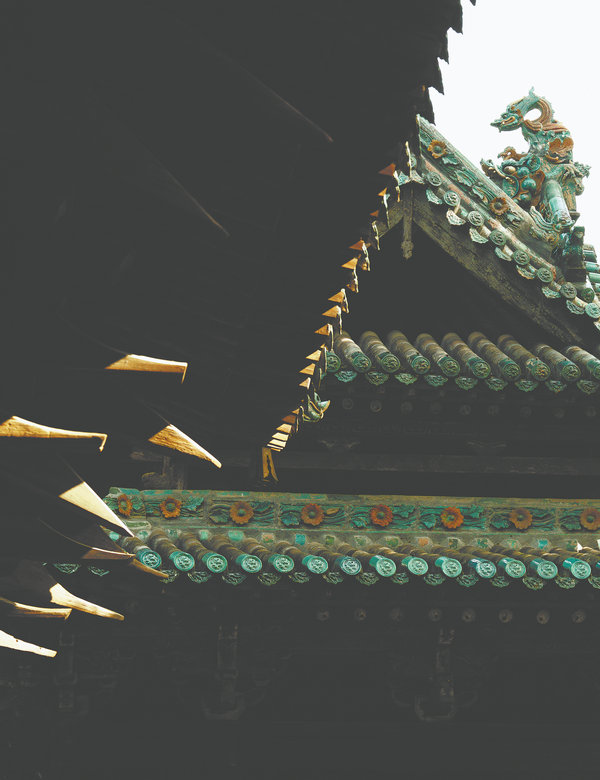

For five years, I've lived in Beijing, photographing its temples, courtyards and the impressive details of its imperial architecture. I thought I had come to understand the language of Chinese design — the colors, proportions and symmetry that express the nation's sense of harmony.
Shanxi, an important birthplace of Chinese civilization, revealed its power to me during my recent journey. History in this province feels physical — built into the grain of wood, the curve of the tiles, and the dust that clings to breathtaking statues. What I found there was not just ancient architecture, but the living roots of Chinese culture itself, and a renewed understanding of how the past continues to shape modern China.
A cradle of continuity
Tucked between the Taihang and Lyuliang mountains, Shanxi has quietly preserved the architectural DNA of China. While the Forbidden City and Summer Palace dominate public imagination, and with good reason, Shanxi's buildings reveal something more intimate and enduring.
The province's wooden halls have stood strong for nearly a millennium, their surfaces softened by centuries of wind and incense smoke. Rather than restoration that erases age, Shanxi allows its architecture to show its years, offering an unvarnished connection to the past.